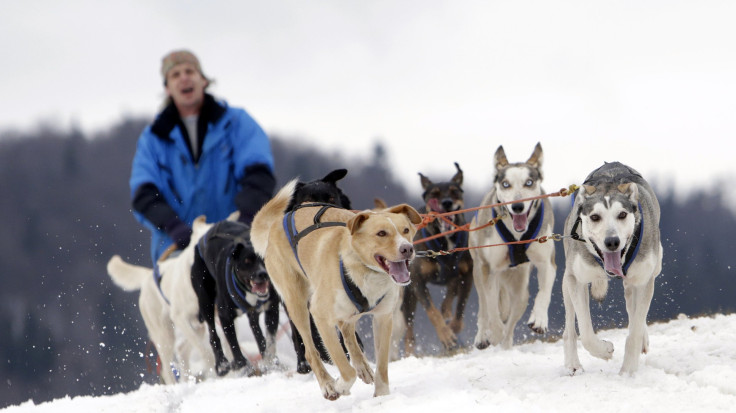Where Do Dogs Come From? New Study Points To Central Asia

A genetic study has discovered “man’s best friend” could have originated from Central Asia, instead of Europe, the Near East, Siberia or Southern China, as others have previously suggested, the New York Times reported Monday. After studying a large group of diverse dogs from around the world, scientists traced the origin of dogs to Central Asia, similar to the way genetic studies have located the origin of modern humans in East Africa.
Laura M. Shannon and Adam R. Boyko at Cornell University, along with an international group of scientists, studied purebred dogs along with street or village dogs. They analyzed three types of DNA from 4,500 dogs of 161 breeds and 549 village dogs from 38 countries. The results of the analysis indicated Central Asia, including Mongolia and Nepal, as the place “where all dogs alive today” originated.
Village dogs have a much wider variety of genetic differences than purebred dogs, making them better sources of historical data, according to Shannon, Boyko and their colleagues in the Proceedings of the National Academy of Sciences, Science/AAAS reported.

“It’s a really comprehensive work including all kinds of markers, and a fairly good geographical coverage,” said Peter Savolainen, an evolutionary geneticist at the Royal Institute of Technology, Stockholm, who has also sampled dogs from around the world to determine their origins, Science/AAAS reported. “So, it gives a good picture of the overall genetic relations among today’s dogs.”
Bokyo did acknowledge there is a possibility some dogs could have been domesticated elsewhere and died out, or canines that had been domesticated somewhere else could have gone to Central Asia and then diversified into all canines alive today. Greger Larson of Oxford University, who is leading a large international effort to analyze ancient DNA from fossilized bones, said he was impressed with the scope of the study, but further testing is needed. Calling the origin of modern dogs, “extremely messy,” he said a combination of studies of modern and ancient DNA is necessary, the New York Times reported.
© Copyright IBTimes 2024. All rights reserved.






















